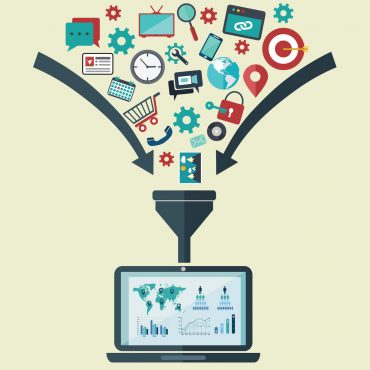
6G networks will be more autonomous and self-healing. Achieving these properties can be done by incorporating intelligence into the networks and by using AI.
Is it too early to bring up 6G and its use cases? Maybe not. For a technology that is not expected to be available until 2030, 6G has had an impressive year. China launched the first 6G satellite into orbit. And major communications providers AT&T, Verizon, and T-Mobile, along with others, joined the newly formed Alliance for Telecommunications Industry Solutions (ATIS) Next G Alliance, an industry initiative that will advance North American mobile technology leadership in 6G and beyond over the next decade.
See also: 5G Will Boost AR and VR on the Frontlines
How does 6G differ from 5G and other cellular services?
Each successive generation of cellular service has offered benefits over its predecessor. 4G improved over 3G services by adding mobile broadband internet access. Such service enabled mobile web access and mobile IP voice, gaming, and videoconferencing applications.
Similarly, the main advantage of 5G services over 4G is that 5G offers greater bandwidth, resulting in faster transmission and download speeds. 5G’s capabilities enable many new applications. Those include mobile video streaming, intelligent edge, and greater use of the Internet of Things (IoT).
5G is just getting rolled out globally. Many things still need to be evaluated related to its availability, usefulness, economics, and use in specific applications. Still, we know enough about it to use 5G to put 6G into perspective.
6G will be significantly faster than 5G. Both make use of higher frequencies of the wireless spectrum. Higher frequencies allow more data to be transmitted faster. How much faster will 6G be over 5G? A commonly stated goal for 6G is for it to be 1,000 times faster than 5G. That will depend on the transmission technologies and broadcast frequencies used.
Latency differences are another aspect used to compare these services. 4G latency is about 50 milliseconds. Current 5G deployments are touting latencies of less than 30 milliseconds. Still, providers expect to reduce that to 10 milliseconds and lower (some say it could possibly be sub-1 millisecond) using techniques such as network slicing.
The anticipated 6G bandwidth and latency characteristics will spawn uses in a variety of innovative application areas, including augmented reality (AR) and virtual reality (VR), holographic telepresence, eHealth (healthcare delivered remotely), autonomous vehicles, Industry 4.0, and robotics.
What obstacles must be addressed?
6G will need new standards from industry and government organizations such as the International Telecommunications Union. And as is the case with any communication service that uses public airwaves, there will be spectrum allocation and regulatory issues that governments must decide on.
The new generation networks also will need new technology. Specially, the industry will need to develop new disruptive communications technologies to enable 6G services. Furthermore, the critical applications envisioned for 6G will require an extremely high level of network and service resiliency and availability. As such, the networks will be more autonomous and self-healing. Achieving these properties can be done by incorporating intelligence into the networks and using artificial intelligence.




























